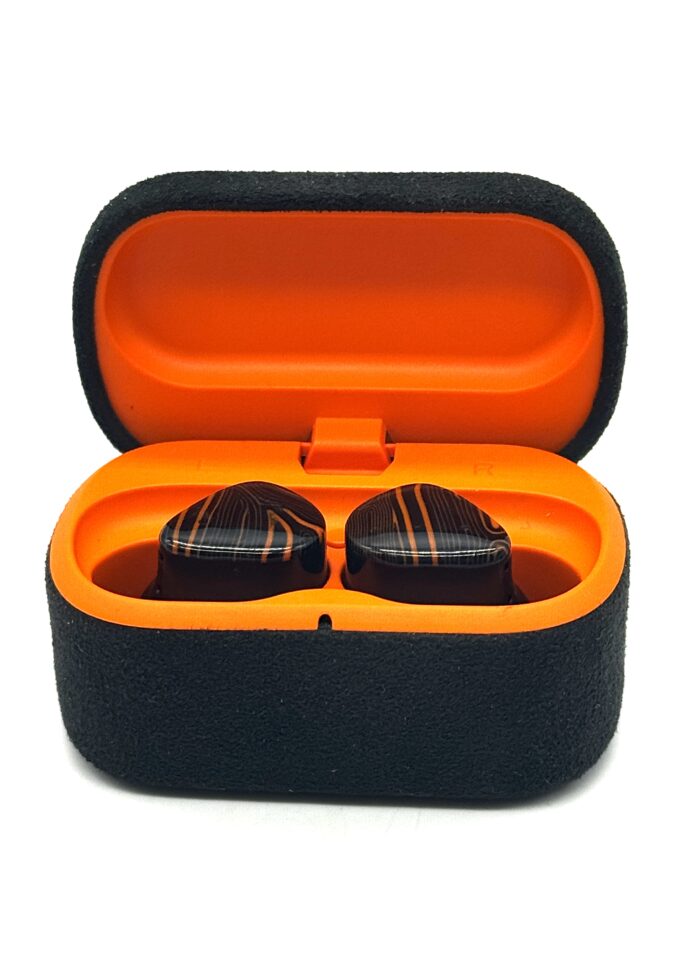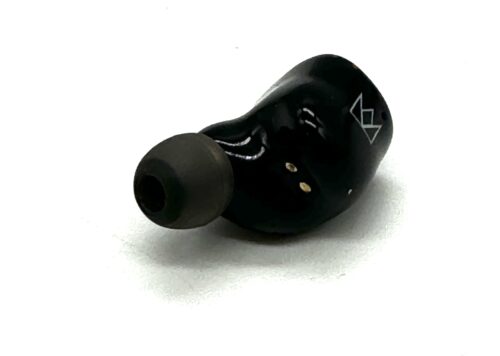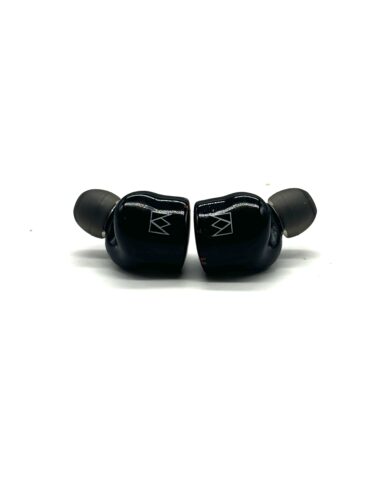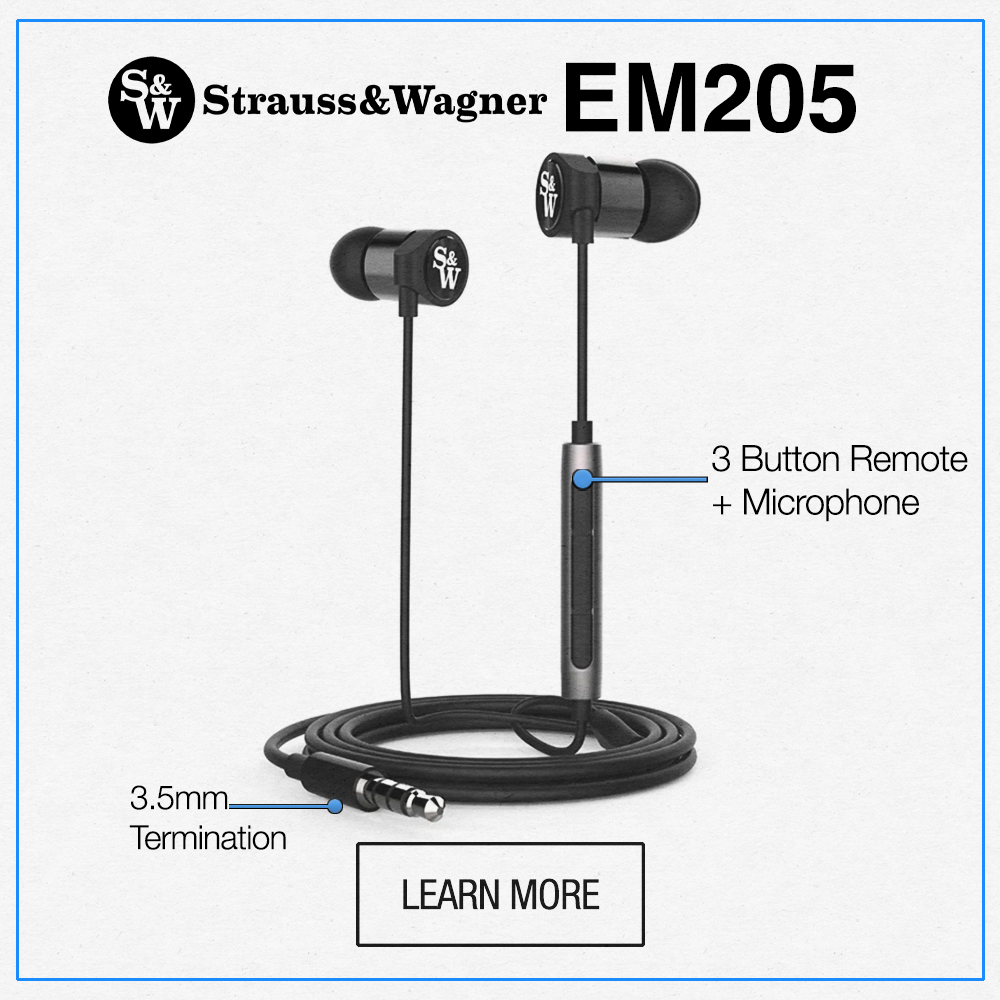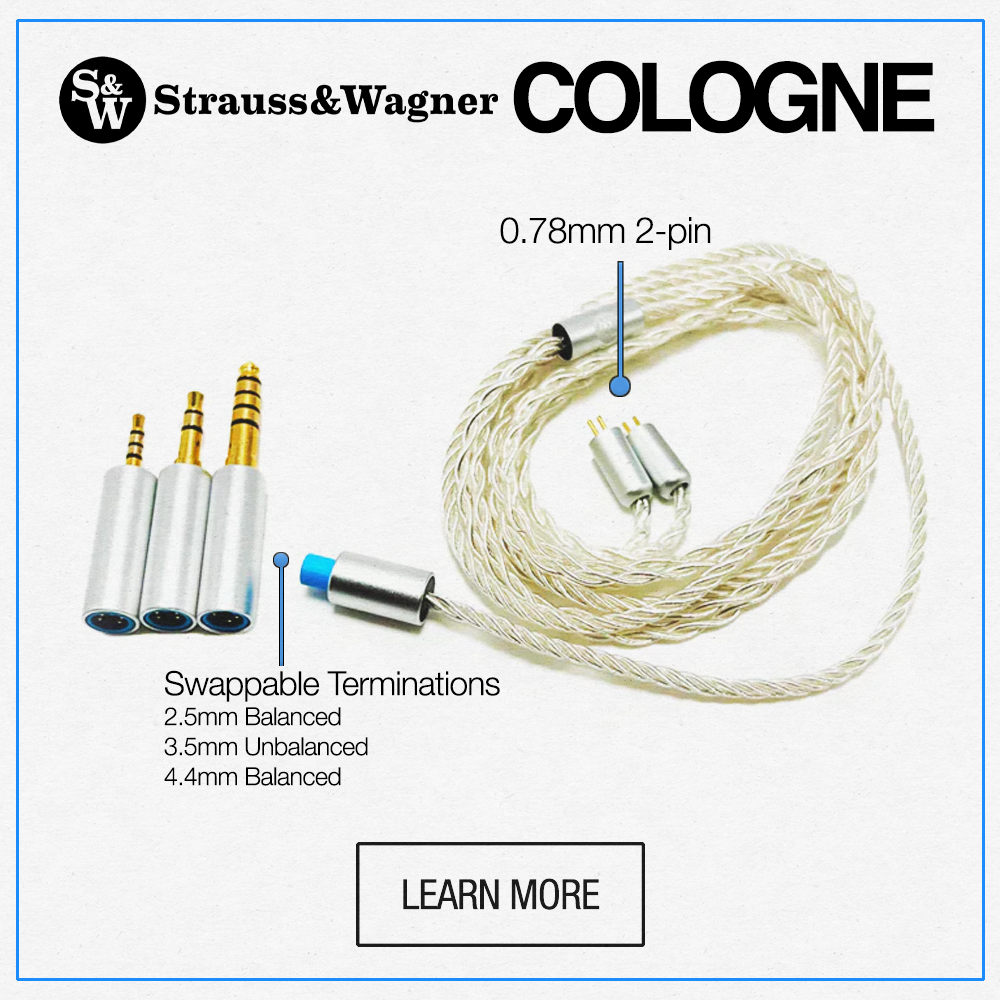Noble Audio has been pushing the boundaries of wireless headphone tech of late. Recently we covered their new over-ear headphone, the FoKus Apollo. The great ambition of the Apollo was using both a dynamic and planar-magnetic driver in the design of the headphones. Now we have in for review a TWS earbud – the FoKus Triumph – which comes in at $369 and also features a dual-driver design. And in this instance, it’s even more boundary pushing. That’s because it uses an xMEMS driver on top of its dynamic driver. We’ll get into the design specifics later on, but why make you wait? Let’s jump right into the review.
What’s in the Box:
- FoKus Triumph Earbuds
- Charging Case
- 6x Ear Tips (S / M / L)
- Charging Cable
- Small Carrying Pouch
- 1/4″ adapter
Build:
The Triumph earbuds themselves feel really well-made. The shell is 3D printed using a semi-custom low profile shape. This shape should help with the quality of fit from the earbuds. The housing itself has an orange hand-painted faceplate. Black and orange are the color scheme of this product through and through as the earbuds’ case is also adorned in black alcantara and orange plastic.
The earbuds’ nozzles are stainless steel with a reduced diameter compared to others of Noble’s TWS earbuds. I should note that the Triumph does not appear to have an IPX rating. Its included manual instructs users to avoid submerging these in water, though they should be able to “handle the occasional sweaty workout.”
Last but not least, you get touch sensitive backplates, so you can control playback, volume, pairing, and noise canceling modes all through touching one or both of the earbuds themselves.
Sure it would’ve been nice to get some more advanced resistance to water and dust, but overall, you get a well-crafted and luxurious package. I like the unique look of the earbuds and am a fan of the touch sensors inside of them.
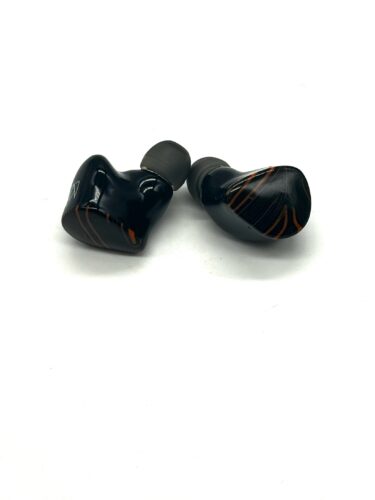
Design:
Let’s get down to business. The Triumph uses a custom made 6.5mm dynamic driver for low end frequencies as well as a Cowell xMEMS driver for the top end. xMEMS is a new driver technology that provides high-quality high frequency fidelity because of its design. This includes an integrated silicon membrane with high resonant frequency. It also has a direct piezo drive which allows for a faster response.
Bluetooth:
The earbuds support Bluetooth 5.3, meaning it’s compatible with LDAC, Snapdragon Sound, SBC, AAC, AptX, and AptX Adaptive. And this is all due to the Triumph’s Qualcomm SoC QCC3071 chip. This chip also allows for transparency mode, true wireless mirroring, multi-pairing and multi-connection. I found pairing to be a breeze (simply take the earbuds out of the charging case and pairing mode is activated). I didn’t find there to be any dropouts and I think the offered codecs are more than sufficient as we won’t see Bluetooth 5.4 widely used quite yet.
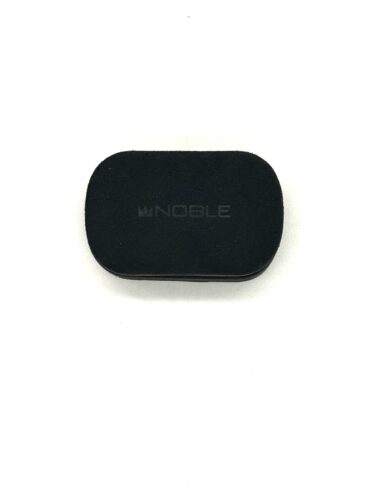
Battery Life:
The battery life on the Triumph is about 7.5 hours at 50% volume. They take an hour and a half to recharge. That said, when connected to my Macbook, I had to drive them quite high to get good levels, so you may deplete the battery faster than that if you find the headroom lacking.
The aforementioned alcantara charging case takes 1.5 hours to get to full charge as well, but its 500mah battery is capable of delivering 4 extra charges. It also supports wireless charging.
Sound Impressions:
Low End:
The low end provided by the dynamic is deep and impactful. It’s not the fastest or most accurate bass presentation I’ve heard, but it makes up for that in dynamic force and musicality. There isn’t too much bloat, but there is a nice sense of warmth that gives the low end color. Listening to rock or pop, I got a good sense of kick drive as well as nuance in the bass playing, though on classical tracks I missed a little bit of texture. Of course, these are wireless earbuds with noise canceling, so absolutely pristine performance can’t be expected. And given those constraints, I find the bass to perform quite well.
Midrange:
The midrange is more relaxed than the low end, and I may even go as far to say that it’s the forgotten range in the earbud due to its dual-driver design. Don’t get me wrong, the midrange does a great job at instrument separation and presents a lot of information in a digestible way. But there is a dryness to the upper midrange that can be a little harsh at times, specifically on vocals. If you’re looking for a vocal/midrange forward earbud, this may not be the first place to look. But for a somewhat U shaped earbud, I found it to be perfectly reasonable.
Top End:
This may be the first TWS earbud that I would describe as analytical. The xMEMS driver adds a layer of clarity I have not yet heard in a device like this. The top end is bright without being harsh, though I should caveat that its quest for accuracy can expose poorly mastered tracks. I think xMEMS is a potentially game-changing technology if implemented well across user-friendly devices, just like it has here.
Soundstage:
The Triumph presents a decent soundstage though I wouldn’t call it expansive. Though it is a little bit narrow, imaging is quite good and the overall presentation of space felt natural. And what more can you ask for in a device that uses so much tech than to sound natural?
Final Thoughts:
Overall I’m pretty impressed with the FoKus Triumph from Noble. It presents new technology in a digestible and easy-to-use way. There are some quirks like its short battery life and lack of IPX resistance. But at the end of the day, it’s a pretty well-rounded device that should please audiophiles and casual listeners alike.
The Noble Audio FoKus Triumph is available at Audio46.
Compare the ranking of various headphones, earbuds and in-ear monitors using our tools.
Discuss this, and much more, over on our forum.
---MAJORHIFI may receive commissions from retail offers.


